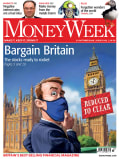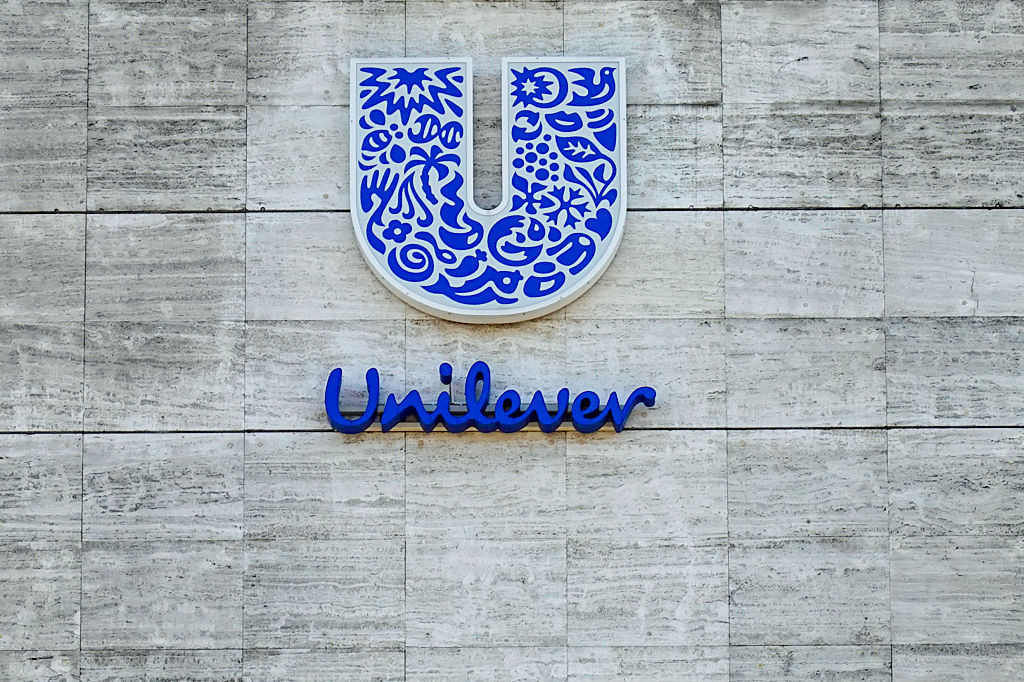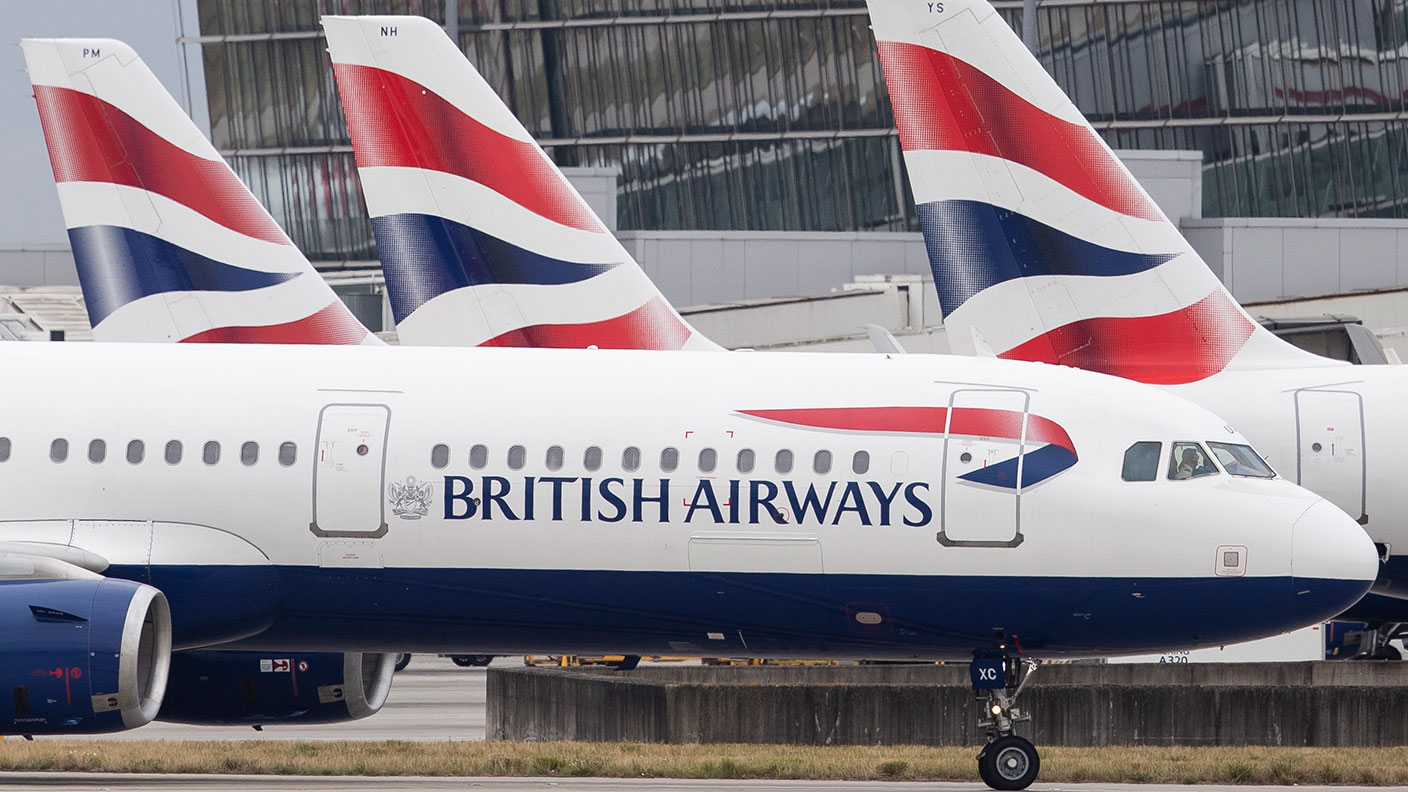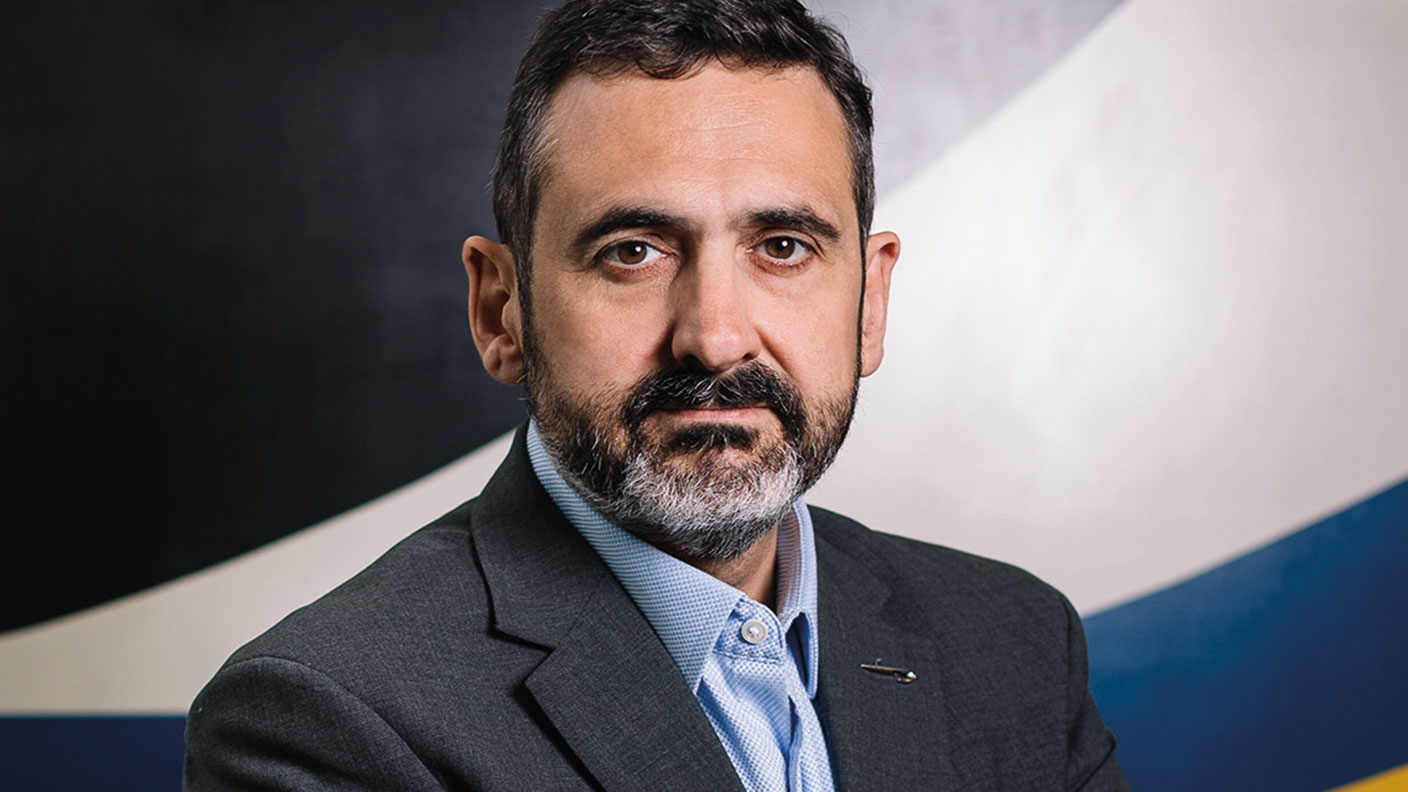IAG shares will regain altitude – here's how to play it
IAG's business is fundamentally sound, and the current turbulence being experienced by BA should soon pass.


The last 15 months have been awful for shareholders in International Consolidated Airlines Group (LSE: IAG): the share price has fallen by a third. This is mainly to do with problems at British Airways, one of the airlines the group owns (along with Aer Lingus, Iberia and budget carrier Vueling). Not only was BA hit with a £183m fine in July for allowing its security system to be breached, but it also suffered its first pilots' strike a few weeks ago. Hundreds of flights were cancelled, triggering widespread opprobrium.
IAG has now been forced to issue a profit warning telling investors that they should expect this year's earnings to be much lower than originally estimated. Most of this was due to the £121m cost of the BA industrial action, as well as £30m of additional costs associated with threatened future action by ground staff. However, the warning wasn't just due to striking pilots. It also highlighted unexpectedly weak demand for flights (especially on its Spanish low-cost subsidiary Vueling) as another factor likely to depress profits.
The big picture is encouraging
However, while the threats of further industrial action and slowing demand are clearly important, they must be viewed in the context of a business that has done extremely well in recent years. Over the past six years sales have increased at around 5% a year and they are expected to keep growing in the next two years.
MoneyWeek
Subscribe to MoneyWeek today and get your first six magazine issues absolutely FREE

Sign up to Money Morning
Don't miss the latest investment and personal finances news, market analysis, plus money-saving tips with our free twice-daily newsletter
Don't miss the latest investment and personal finances news, market analysis, plus money-saving tips with our free twice-daily newsletter
At the same time, IAG has also managed to increase its operating margin, which has grown from a tiny 2.8% in 2013 to 15% five years later. This has enabled the group to make efficient use of its capital, achieving a return on capital employed of 14.3% (and a return on equity, another key gauge of profitability, of 32%). Meanwhile, BA seems unlikely to suffer any major damage to its reputation.
Another reason this could prove a good time to buy into IAG is because the fall in its share price means that it is now very cheaply valued, especially compared with other airlines. It trades at only 4.6 times 2020 earnings.
By contrast, easyJet and Ryanair are on 2020 price/earnings ratios of 12.4 and 14.6 respectively. Air France-KLM is trading at 5.7 times 2020 earnings. Other global airlines such as Delta Air Lines, which trades at 7.4 times, are also more expensive. At the same time, IAG also delivers a solid dividend yield of 3%.
With IAG's share price now up 15% since the low in August, I think the stock is a buy. I recommend you go long at the current price of 468p at £8 per 1p (IG Index's minimum stake is £1 per 1p). I also suggest that you place a stop-loss at 348p, which would give you a total downside of £960.
How my tips have fared
The last fortnight has produced mixed results for my six long tips, with half of them going up, but the other half declining.
The ones that increased are JD Sports, which went up from 718p to 750p, Safestore, which rose from 644p to 671p, and Bellway up from 3,268p to 3,354p. However, Superdry fell from 429p to 423p, Bausch Health Companies declined from $23.28 to $20.59 and Volkswagen went down from €162 to €153. Overall, my long tips are making a profit of £2,856, which is down slightly from a surplus of £3,184 two weeks ago.
However, the performance of my short tips has been much better. Four out of five of them have depreciated. Bitcoin is now $8,331 (from $10,136), Netflix is $266 ($292), Uber is selling for $29.64 ($34.64), while Tesla is at $241 (from $285).
Only Weis Markets advanced, going up marginally to $38.32 (from $38.23). This means that if you had followed six of my open tips you would have ended up making money on each of them, for a total profit of £1,953 up by over a thousand pounds from my last column.
Overall, my 11 open positions are making a profit of £4,809, nearly as much as the total losses on my closed positions. I have decided to increase the stop-loss on JD Sports to 700p (from 675p) and am also raising the stop-loss on Safestore to 625p (600p). I am also going to increase the stop-loss on Bellway to 3,000p.
I have, furthermore, decided that I am going to give Superdry one last chance to bounce back, but if there isn't a huge improvement I'll be recommending that you close it. Finally, I'm increasing the stop-loss on Volkswagen to €125. However, I'm not going to tinker with the stop-losses on any of the short positions.
Trading techniques... head and shoulders
Many traders argue that certain stock-price patterns tend to repeat themselves more frequently than you'd expect from chance alone. By spotting these patterns traders can use them to anticipate future price movements. One of the most popular is the "head and shoulders" pattern, which indicates that a price trend may be reversing or about to reverse, either on the downside, in the case of a "head and shoulders top", or the upside, with a "head and shoulders bottom".
In a head and shoulders top the price of the asset rises, peaks (the left shoulder), falls and then makes a new higher peak (the head), before falling again. However, the third time it peaks, it does so at a level than is significantly lower than the second peak (the right shoulder). Traders will go short when the price falls through the "neckline', the lowest point between the first and third peaks. The head and shoulders bottom is the mirror image of the top. In this case the price of an assets falls (left shoulder), partially recovers, falls some more (head), rallies a lot, falls for a third time (right shoulder), but not as far as the second time. In this case the trader would buy the share when it goes above the neckline, which in this case would be the highest point between the two shoulders.
There are some weak signs that a trading strategy based on head and shoulders patterns could work. A 1995 study found that using the technique to trade various currencies against the dollar between 1973 and 1994 produced above-average profits. In some currencies, such as the dollar against the Japanese yen, the annualised profits reached 19%. However, the returns were very volatile and didn't account for trading costs.
Get the latest financial news, insights and expert analysis from our award-winning MoneyWeek team, to help you understand what really matters when it comes to your finances.

-
 Quality emerging market companies with consistent returns
Quality emerging market companies with consistent returnsOpinion Mark Hammonds, portfolio manager at Guinness Global Investors, selects three emerging market stocks where he'd put his money
-
 UK blue chips offer investors reliable income and growth
UK blue chips offer investors reliable income and growthOpinion Ben Russon, portfolio manager and co-head UK equities, ClearBridge Investments, highlights three British blue chips where he'd put his money
-
 IAG shares look shaky despite the travel recovery – one to avoid
IAG shares look shaky despite the travel recovery – one to avoidAnalysis IAG, owner of British Airways, looks to be getting back on track, and hopes to turn a profit in the next quarter. But don't think that makes IAG shares a buy, says Rupert Hargreaves. Here's why.
-
 British Airways' controversial head Álex Cruz expelled
British Airways' controversial head Álex Cruz expelledNews BA boss Álex Cruz has been booted after a turbulent tenure that nonetheless left the airline in better shape. What happens next? Matthew Partridge reports
-
 This wizzy airline's shares have further to climb
This wizzy airline's shares have further to climbFeatures WizzAir, the budget airline based in Hungary, is targeting underserved areas in growing economies. Matthew Partridge picks the best way to play its success.